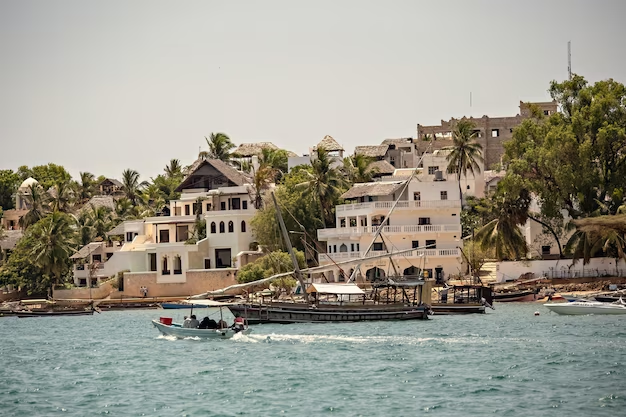Shela residents demand action over illegal encroachment on Lamu water catchment

According to the petitioners, new fencing and construction have begun on land that was declared a national monument and protected catchment under Kenya Gazette Notice No. 1933 of March 28, 2002.
A community group in Lamu has raised alarm over alleged illegal developments on the Shela water catchment, calling for urgent state intervention to protect the island’s only freshwater source.
Shela Youth and Community Representatives have petitioned key state agencies, including the National Land Commission, Inspector General of Police Douglas Kanja, Deputy Inspector General Eliud Lagat and Director of Criminal Investigations Mohamed Amin, to investigate what they term unlawful encroachment on protected land.
“We, the Shela youth, elders, business owners and the majority of the Shela community, write to your office to raise urgent concern regarding ongoing illegal activities taking place on Shela Beach and within the Shela water catchment area,” their petition to the Inspector General reads.
In the letter dated August 28, the group asked the agencies to probe questionable allocations and construction within the water catchment, suspend all ongoing works, halt fencing and ensure enforcement of protections.
They further demanded revocation of irregular titles and the upholding of gazette notices in court.
According to the petitioners, new fencing and construction have begun on land that was declared a national monument and protected catchment under Kenya Gazette Notice No. 1933 of March 28, 2002.
They warned that such activities threaten the environment and public welfare.
The Shela and Lamu catchment is the only freshwater source for about 50,000 residents of Lamu Island and parts of Manda Island, a number that continues to grow with new households and businesses.
“The aquifer sustains households, businesses, schools and health facilities. It is ecologically critical not only for water supply but also as a nesting ground for endangered species along the beach and dunes,” the group said during a recent protest.
“The risk is not theoretical. If development proceeds on the dunes and beachfront, Lamu stands to lose its only natural aquifer, triggering a water crisis of unprecedented scale.”
The group cautioned that illegal allocation and construction would cause irreversible damage, making future enforcement ineffective, collapsing the aquifer, and endangering the livelihoods of tens of thousands in exchange for short-term private gain.
They also accused politicians and outside investors of demarcating and fencing off dunes using irregularly issued title deeds.
While some of the titles were revoked through Gazette Notice No. 5564 of May 21, 2010, they noted that enforcement has been weak, and fraudulent allocations persist, with local councillors allegedly using elders’ signatures to push through speculative land sales.
Although desalination has been suggested as a possible alternative, the group argued it is not a practical solution for Lamu.
They said it requires massive financial input, heavy energy use and ongoing maintenance costs that would be unsustainable for the region.
“Protection of the Shela aquifer is therefore not only the most cost-effective solution but the only viable long-term safeguard for Lamu’s water security. This is not merely a Shela issue; it is a matter of island-wide survival. If this aquifer is compromised, there will be no realistic or sustainable alternative source of water for the people of Lamu,” the group stated.
